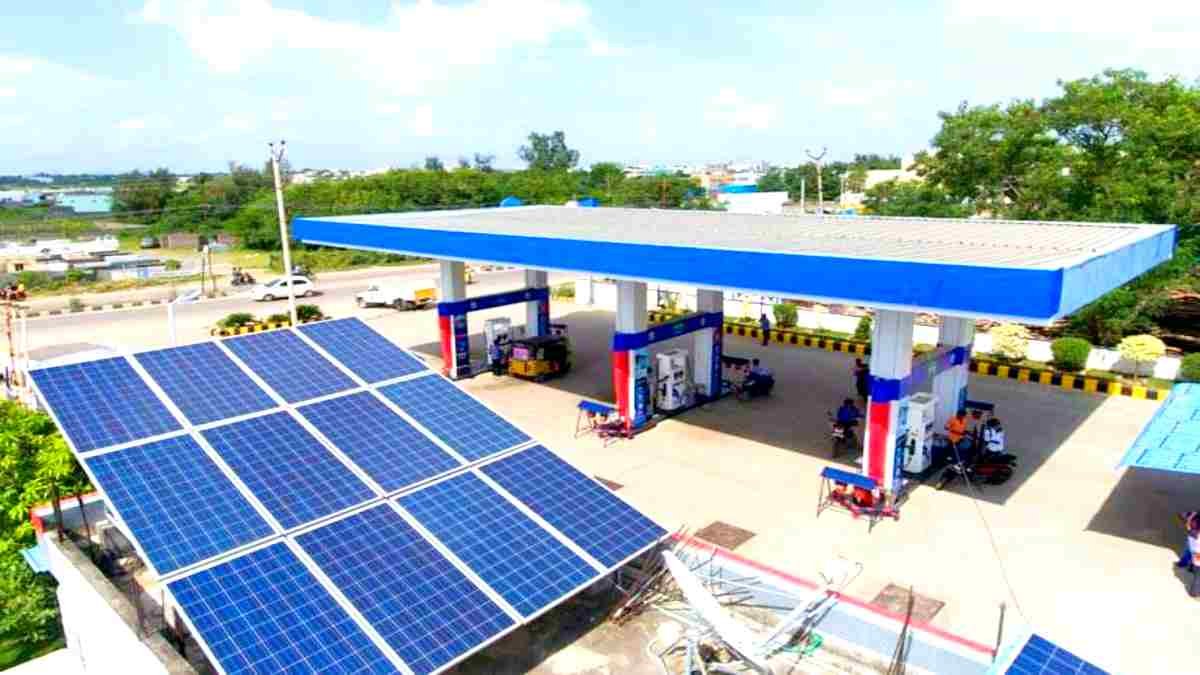In recent times, skyrocketing electricity bills have become a major concern for households across the country. However, there is good news on the horizon. The government has introduced a revolutionary scheme that aims to install solar panels on residential rooftops, offering much-needed relief to consumers. This initiative is designed to reduce electricity expenses, enabling households to generate their own power and potentially eliminate their electricity bills altogether.
Objective of the Solar Panel Scheme
The primary goal of this government scheme is to lighten the financial load caused by high electricity costs. By encouraging the installation of solar panels, the scheme aims to empower households with sustainable and cost-effective energy solutions. Under this program, citizens can have solar systems installed on their homes without any upfront expenditure.
Introduction of Pradhan Mantri Surya Ghar Muft Bijli Yojana
To facilitate the installation of solar panels, the central government has launched the Pradhan Mantri Surya Ghar Muft Bijli Yojana. This initiative introduces additional payment methods, making it easier for ordinary citizens to switch to solar energy. Apart from reducing electricity costs, this program also aims to promote environmental awareness and the adoption of clean energy solutions.
Two Convenient Payment Models
Under the PM Surya Ghar Muft Bijli Yojana, two innovative payment models have been introduced to ensure that financial constraints do not hinder citizens from benefiting from solar power.
1. Renewable Energy Service Company (RESCO) Model
In this model, a third-party company installs solar panels on the consumer’s rooftop. Homeowners are not required to make any initial investment. Instead, they only pay for the electricity generated and consumed from the solar system. This approach allows families to enjoy solar power without bearing any hefty installation costs, making renewable energy accessible to all.
2. Utility-Led Aggregation (ULA) Model
The ULA model involves state-designated power distribution companies or energy agencies installing solar panels on residential rooftops. Similar to the RESCO model, there are no upfront expenses for homeowners. Consumers can use solar energy to power their homes at significantly lower costs, reducing their dependence on traditional electricity sources.
Financial Security and Government Assistance
To ensure a smooth and secure transition to solar power, the government has implemented a Protection and Security Mechanism (PSM) along with Central Financial Assistance (CFA). These measures guarantee that citizens receive the promised subsidies and financial support without any difficulties. This well-structured assistance framework ensures that individuals can install solar panels without concerns about financial risks or delays in receiving benefits.
Key Benefits of the Solar Panel Scheme
- Zero or Reduced Electricity Bills: Households can significantly cut down or completely eliminate their monthly electricity expenses.
- No Upfront Costs: Both payment models allow the installation of solar panels without any initial investment.
- Clean and Renewable Energy: Families can contribute to environmental protection by shifting to a sustainable energy source.
- Government Subsidy: Eligible consumers receive financial assistance and subsidies to ease their transition to solar power.
- Hassle-Free Installation: Partnering with trusted companies and government agencies ensures a smooth and reliable installation process.
Final Thoughts
The government’s solar panel scheme is a transformative step towards reducing electricity costs and promoting green energy. With flexible payment options, financial support, and a strong security mechanism in place, this initiative paves the way for every household to embrace solar power without financial strain. By leveraging this opportunity, citizens can enjoy affordable electricity while contributing to a cleaner and more sustainable future.
